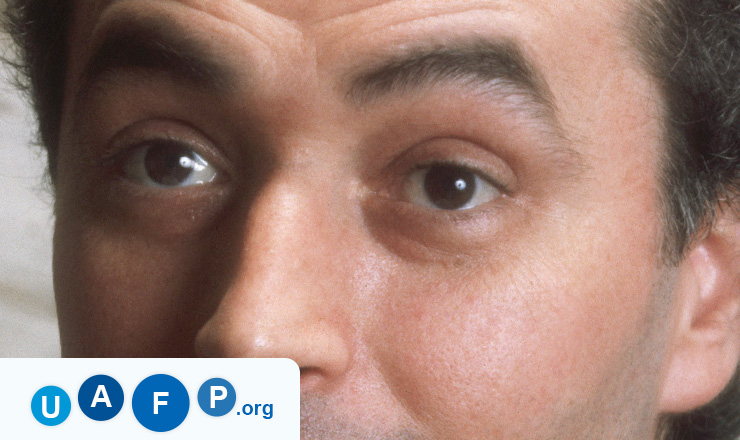What is Plague Psoriasis?
Plague Psoriasis is known to be an autoimmune condition which appears on the affected person’s skin in patches that are scaly, red, and thick. The National Institute of Arthritis and Musculoskeletal and Skin Diseases mentioned that the most common form of psoriasis is plague psoriasis. In the United States, about 6.7 million people have been affected by this condition.

The condition is known to be quite itchy and painful as well. It can also be quite embarrassing for the person suffering from it if it does not react to any treatment method. At times, it can be misdiagnosed as eczema or dermatitis.
Plague psoriasis will involve red, rough skin having silvery white scales. This happens because the signal of producing new cells is received quickly by the skin cells. This results in the building up and shedding of the patches and scales. The build-up that is caused by psoriasis can cause irritation and pain. If you scratch it, it will lead to bleeding, infection, or broken skin.
How severe is Psoriasis?
Psoriasis is classified depending on the severity level which can be severe, moderate, or mild. The doctor usually determines the severity level based on the amount of the body that has been affected. Severe psoriasis will cover about 10 percent of the entire body. Whereas, moderate psoriasis will cover 3 percent to 10 percent and mild psoriasis will involve less that 3 percent of the body area.
Diagnosing Plague Psoriasis
Most professionals are able to tell by looking at the rough or scaly patch of the skin. A biopsy might be needed at times. It is important to point out all the patches you have on your skin.
Some of the possible causes that may trigger this condition are:
- Skin creams or certain lotions
- Stress
- Skin trauma
- Excessive sun exposure
- Dry skin
- Medication use
Do not try to use your own treatment methods before consulting a doctor.
When you scratch excessively, the skin may start to break. An open psoriasis patch will let infections to grow and enter the bloodstream or skin. Infections can be extremely serious in case of psoriasis.
Some of the common signs of infection would include:
- Fatigue or fever
- Leakage of pus
- Discoloration
- Bad odour from the affected broken patch
- Redness or swelling of the affected area
- Sore skin
Treatment for Plague Psoriasis
The treatment methods used for treating plague psoriasis is quite different than the rest. Dermatologists will start from using the least invasive, simple method.
Some of the initial treatment methods used are:
- Ointments of Salicylic acid
- Vitamin D preparations
- Topical corticosteroids
Only if these initial treatments are ineffective, other treatment methods are adopted by doctors. They may include:
- Natural therapy: Many people are choosing natural treatment methods for healing psoriasis.
- Skin injections: Some of the injections used for treating this condition are Ustekinumab (Stelara) and Adalimumab (Humira).
- Light therapy: Here restricted sessions of sun exposure to the affected area are used for healing.
- Oral systematic medications: Your doctor may prescribe a medication or drug. Apremilast (Otezla) is one of the drugs commonly used.




